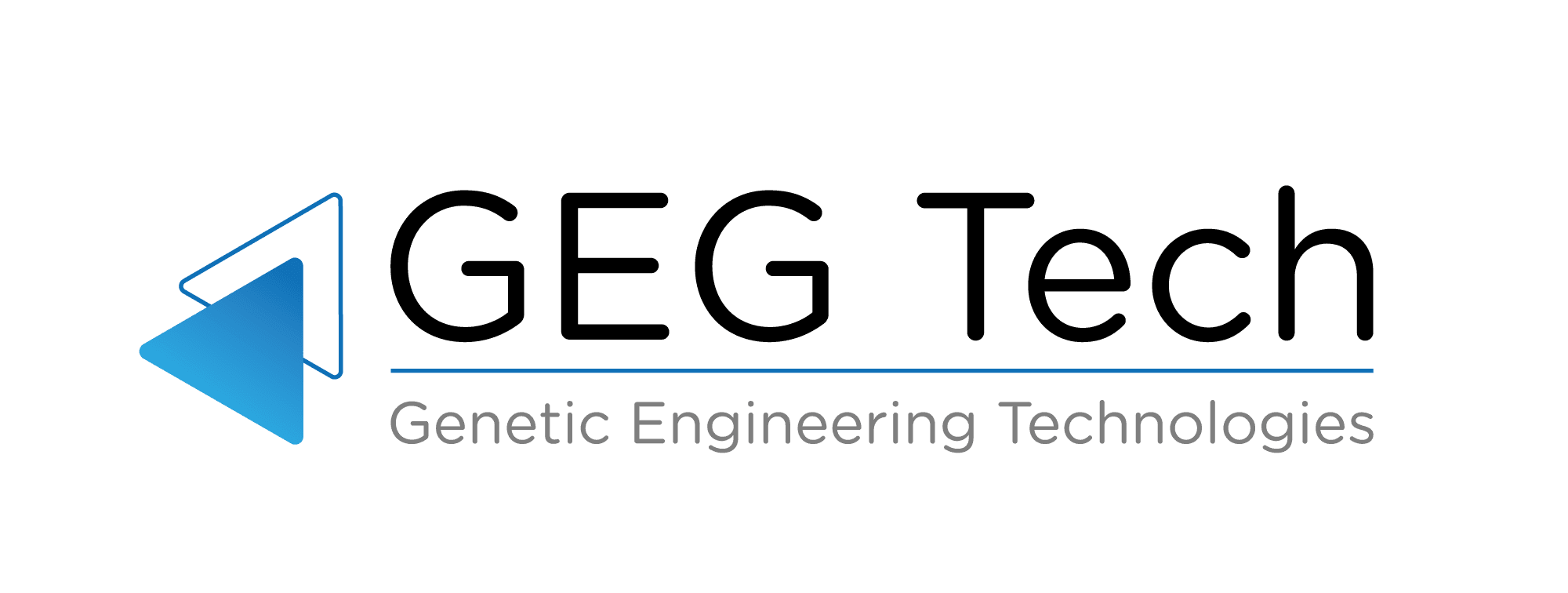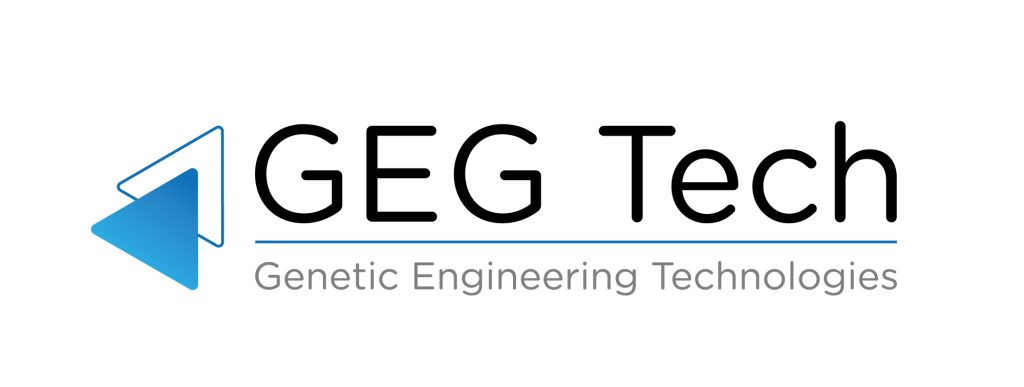Huntington’s disease (HD) is an autosomal dominant neurodegenerative disorder resulting from a polyglutamine expansion in the huntingtin (HTT) protein. There is currently no cure for this disease, but recent studies suggest that RNAi to downregulate the expression of both normal and mutant HTT is a promising therapeutic approach. In a first study, the authors developed a lentiviral vector (LV) expressing a shRNA to downregulated HTT and observed a reduction of pathology in an HD rodent model.
In this new study, they modified the design of the LV for preclinical development by using a tat independent third-generation LV (pCCL) backbone and removing the original reporter genes. They tested the efficiency of their new LV shHTT6 in vitrowith Striatal Neurons Derived from HD-iPSCs and in vivo by LV injection in the striatum of adult mice. They also investigated several parameters concerning the biosafety:
- Inappropriate synthesis and processing of the shRNA
- Preferential incorporation of the passenger versus guide strand in the RNA-induced silencing complex (RISC)
- Off-target effects caused by partial homology of the guide RNA with other transcripts or pairing between the hexamer seed region and the 30 UTR of transcripts (miRNA-like effects)
- Saturation of the endogenous cellular machinery
- Inflammatory/immune responses
Their results demonstrated the reduction of two major pathological hallmarks for HD, a minimal inflammatory response in the brain, proper cellular processing of the shRNA, and a highly favorable on/off-target profile.
These preclinical data suggest that this new shRNA vector fulfills primary biosafety and efficiency requirements for further development in the clinic as a cure for HD.
GEG Tech provides a large range of fully customizable LV to express your favorite transgenes, including for shRNA. By the way, GEG Tech is born in a laboratory of neurology, the first laboratory which done gene transfers in the brain. Consequently, GEG has a high expertise in the design of gene transfer tools in this field and offers solutions allowing to have specific and/or inducible expression in astrocytes, microglia cells, neurons and in some cases in some subpopulations of neurons.
To know more about the Article
To know more about shRNA LV




